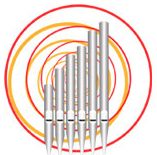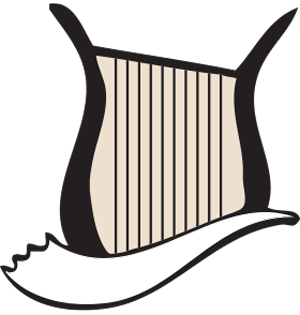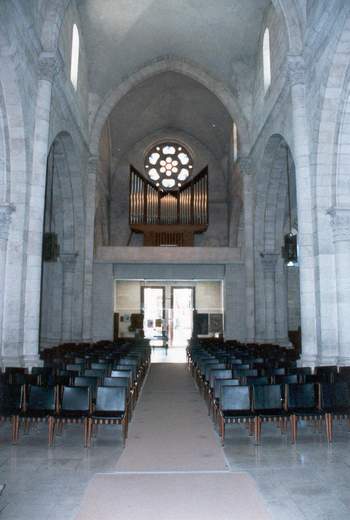Organ no.7 | Lutheran church of the St. Saviour Old City of Jerusalem
The Church of the Saviour was built in 1898 for the visit to Jerusalem of the German emperor William II. The first organ which was installed there had been constructed by the Brothers Dinse of Berlin. It had 2 manuals and 21 stops. The new organ belongs to the German Lutheran Church. It is one of the most beautiful instruments in the country, frequently used for concerts when the well-known German player Elisabeth Roloff was its titular organist, between 1972 and 2008.
It does not have many stops, but the musical quality of each is remarkable. It was made by Karl Schuke, and inaugurated on the 31st of October, 1971. The firm Schuke assured the maintenance of the instrument which is in an excellent condition. The organ case was made of mahogany with a natural varnish. It exposes the stops of the Swell (when the swell shades are opened) at the level of the organist’s head. The other stops are placed above, the Principal 8′ used as a front display. The organ is installed on the gallery constructed above the entrance door of the nave. This gallery is of great proportions, which allows a rather large choir to gather around the organist.


